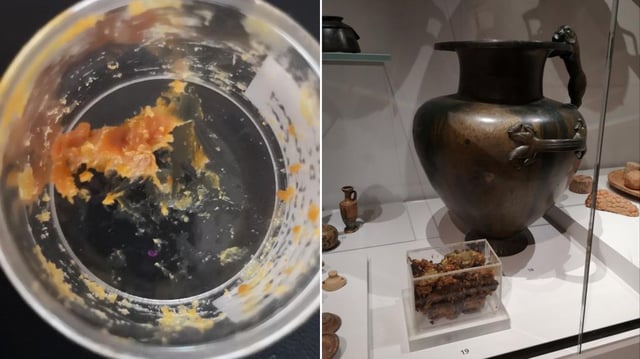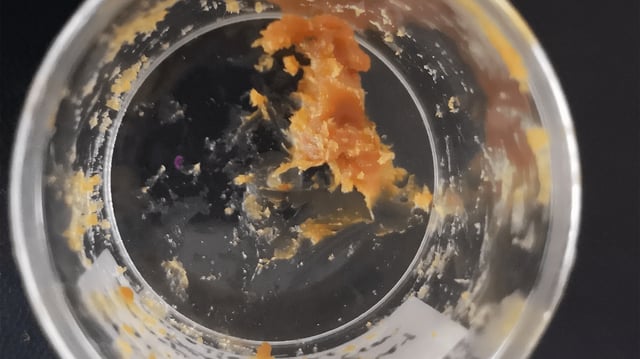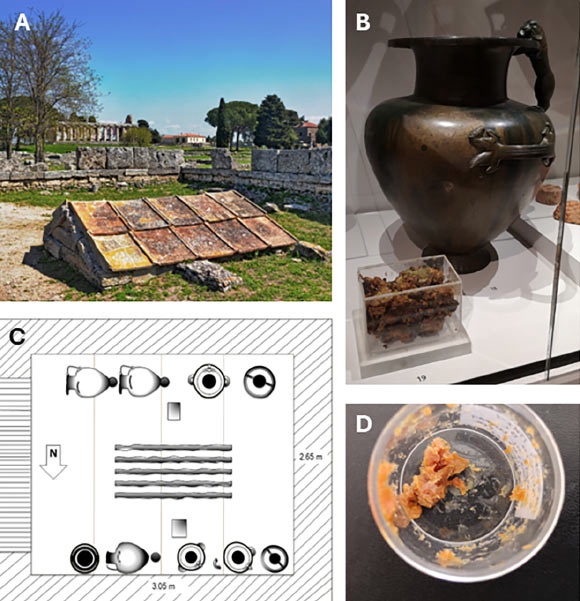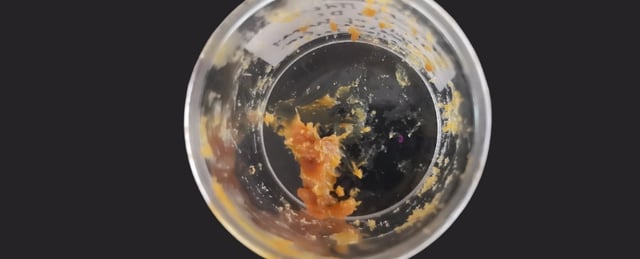Overview
- A study in the Journal of the American Chemical Society has for the first time provided direct molecular proof that 2,500-year-old residues in Paestum bronze jars are ancient honey.
- Residue samples contained intact hexose sugars at concentrations exceeding those in modern beeswax, alongside major royal jelly proteins that confirm a bee-derived origin.
- High acidity levels and decomposition products matched expected chemical changes from long-term honey storage and aging.
- Copper ions from the bronze vessels bound with sugar degradation products and inhibited bacterial growth, enabling extraordinary molecular preservation.
- Researchers say these techniques significantly expand the analytical toolkit for investigating chemically complex archaeological residues in museum collections.



